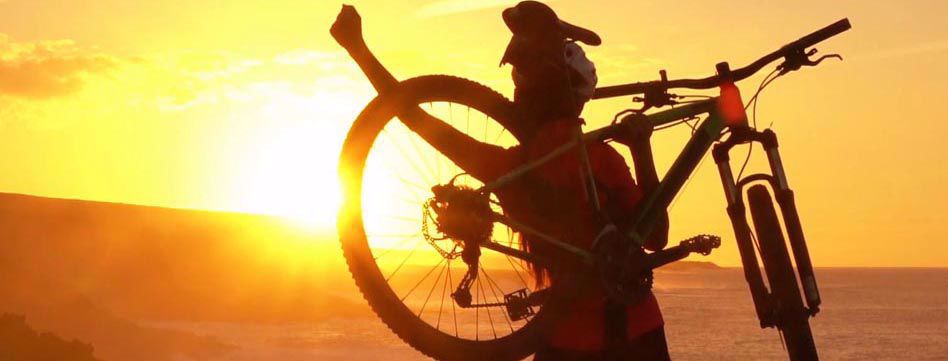On most of our hiking trips we require a daypack be carried to hold all your gear for the day's outing. Usually this entails: rain gear, camera, water, snack and/or lunch, sunscreen, sunglasses, and often, a warmer layer of clothing. On most day hiking trips you will not carry more than 10 lbs in your backpack. We recommend a range of 1800 - 2600 cu in.
Here are some other guidelines for buying a daypack:
1. Buy a backpack made for hiking and not for carrying school books. Many of us know as what we (or our children) used to carry books to school. While you certainly can use one of these bookbags for hiking, they are usually heavier and less comfortable than one made for hiking.
2. Get one with a padded waistbelt. Backpacks are much more comfortable if all the weight is not on your shoulders. Hipbelts are designed to take some of the weight off your shoulder straps and put at least 30% of the overall weight onto your hips. In order to do this you need a padded, adequately sized hipbelt, not just a nylon strap. When you try the pack on, make sure the hip belt is comfortable when tightened, and also that the padded area rests on your hipbones. A chest strap is a really nice additional feature to be able to tighten packs and make them fit comfortably, though it isn't as necessary as a comfortable waist belt.
3. Internal Capacity -Size matters. The cubic inch/liter amount listed on the tag (or pack itself) indicates the internal capacity of the pack. Basically that is how much you can fit inside the pack. Think about what you will use the pack for - Overseas adventure travel? Summer/Winter/Spring? Day hikes only? Getting an 1800 cu in pack may seem big in the store, but one fleece jacket and a couple water bottles may fill it up. So imagine all you might put in it. Alternatively, getting too roomy of a pack can be a hinderance as well.
4. Get a pack that fits YOU. Packs come in various torso sizes (s, m, l, xl). There are also women's specific packs that might fit you well. Sometimes the size that fits you alters the internal capacity, but as long as you can fit your stuff in it, get the size that fits you best. Your husband, son, mother, or best friend may want to loan you their backpack, but if they are considerably larger or smaller than you are, it may not be the right pack for you
5. Try on a variety of packs. If you go into any outdoor gear store, you will see the number of brands and models on the market. They all actually fit differently. So try on a variety and make sure you try them on with some weight in the pack. Backpacker magazine may have rated a specific pack as the best of 2011, but it does not mean it is the best for YOU.
6. Bells and whistles. Once you have determined what size pack you want and need, think about the other aspects of the pack: is it hydration system compatible (and do you use one)? Are there outside pockets for a water bottle - if that is what you use? Are there some smaller pockets on the pack to organize gear? Are there compression straps so you can tighten it down when carrying less stuff or expand it when carrying more? Does it come with a pack cover (or will a plastic bag work just as well)? Some people like a simpler pack, with fewer pockets and straps. Some people like more features to their pack.
8. Take it on a test hike: Now that you have brought this brand new pack home from the store (where of course it fit great!) go for a hike. Pack your daypack with everything you might bring during the day on your hiking vacation. You will begin to learn what you like to easy access to, what you can tuck away for later use. You also really begin to find out how it feels to carry that pack for a longer length of time. If all your equipment does not fit in the pack, return it and get a bigger one. Leaving your warm layers behind because they don't fit is not really a safe option. Or if it is really uncomfortable after this day hike, return it for something else. As a footnote: this is why you want to buy from a reputable store that has a good return policy.
8. Your guide can help. There are a variety of adjustments we can make to adjust how a pack fits while on the trail. Or, if you opt to wait to get a new pack, talk to your guide and other women on the trip about what they like and what packs they have. It's like live comparison shopping!



